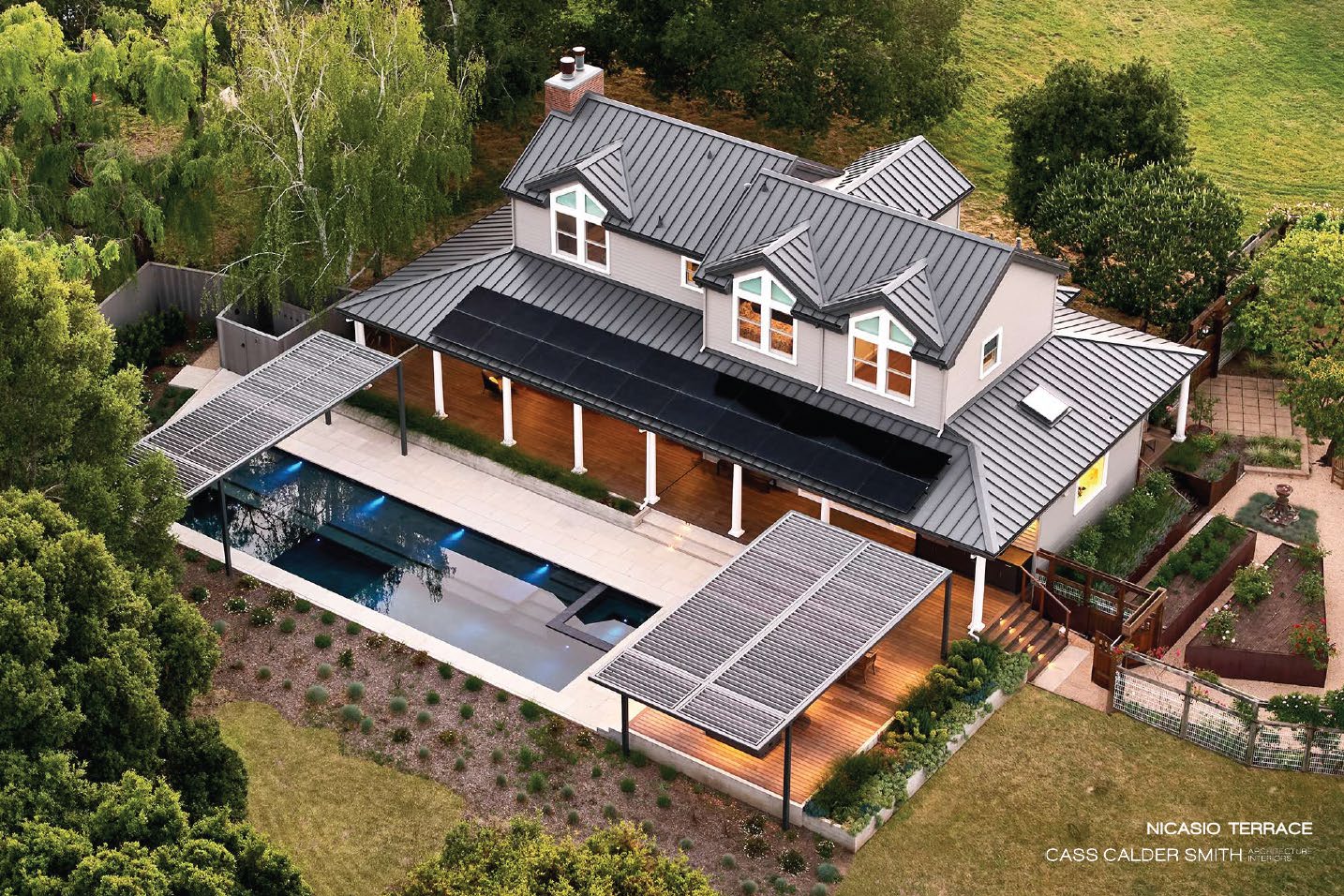09-17-2025

Learning Objectives
- Apply a systematic approach to assessing residential remodeling projects for decarbonization
- Establish a team of collaborators to maximize positive outcomes for the building occupants and greenhouse gas emissions reductions
- Plan ahead to accommodate future needs and desires related to decarbonization
- Tailor project objectives to address both client goals and building deficiencies
- Incorporate multi-benefit design strategies such as improved resiliency, comfort, and efficiency
Comments
loved this
CynthyI have been at some of Ann's educational programs in the past. Good to see her in the presentation. It's a great review for retrofit of existing homes.
MarilynHow do you get an existing home to net zero carbon?
$40
This session will present a systematic approach to assessing residential remodeling projects for decarbonization opportunities, viewed through the lens of a Northern California custom home renovation. The project incorporated electric replacements for all natural gas appliances, a total HVAC swap, a solar array, and battery energy storage, along with an innovative approach to upgrading the building’s thermal enclosure to reduce heating and cooling loads while improving comfort. Driven by the drought-prone location and local water supply constraints, advanced water conservation measures are also featured.
Credits: 1 AIA HSW + 1 GBCI (USGBC/CAGBC) + 1 AIBD Primary + 1 Net Zero (ZNCD) + 1 Sustainable Design + 1 AIBC Core LU + 1 AAA Structured LU + 1 OAA, OAQ, SAA, MAA, AAPEI, NWTAA + 1 Climate Action (OAA)
Length: 1 hour
You must be logged in to take a course. Please login or create an account here
Login OR Create an account ShareSponsored by


How do you get an existing home to net zero carbon?
$40
This session will present a systematic approach to assessing residential remodeling projects for decarbonization opportunities, viewed through the lens of a Northern California custom home renovation. The project incorporated electric replacements for all natural gas appliances, a total HVAC swap, a solar array, and battery energy storage, along with an innovative approach to upgrading the building’s thermal enclosure to reduce heating and cooling loads while improving comfort. Driven by the drought-prone location and local water supply constraints, advanced water conservation measures are also featured.
Credits: 1 AIA HSW + 1 GBCI (USGBC/CAGBC) + 1 AIBD Primary + 1 Net Zero (ZNCD) + 1 Sustainable Design + 1 AIBC Core LU + 1 AAA Structured LU + 1 OAA, OAQ, SAA, MAA, AAPEI, NWTAA + 1 Climate Action (OAA)
Length: 1 hour
You must be logged in to take a course. Please login or create an account here
Login OR Create an accountSponsored by

Learning Objectives
- Apply a systematic approach to assessing residential remodeling projects for decarbonization
- Establish a team of collaborators to maximize positive outcomes for the building occupants and greenhouse gas emissions reductions
- Plan ahead to accommodate future needs and desires related to decarbonization
- Tailor project objectives to address both client goals and building deficiencies
- Incorporate multi-benefit design strategies such as improved resiliency, comfort, and efficiency
Comments
loved this
CynthyI have been at some of Ann's educational programs in the past. Good to see her in the presentation. It's a great review for retrofit of existing homes.
Marilyn
Featured
On-Demand Course
Download our App!


Upcoming Events
-

-

-
 Hospitality Building Solutions - Central
Hospitality Building Solutions - Central11-18-2025
-

